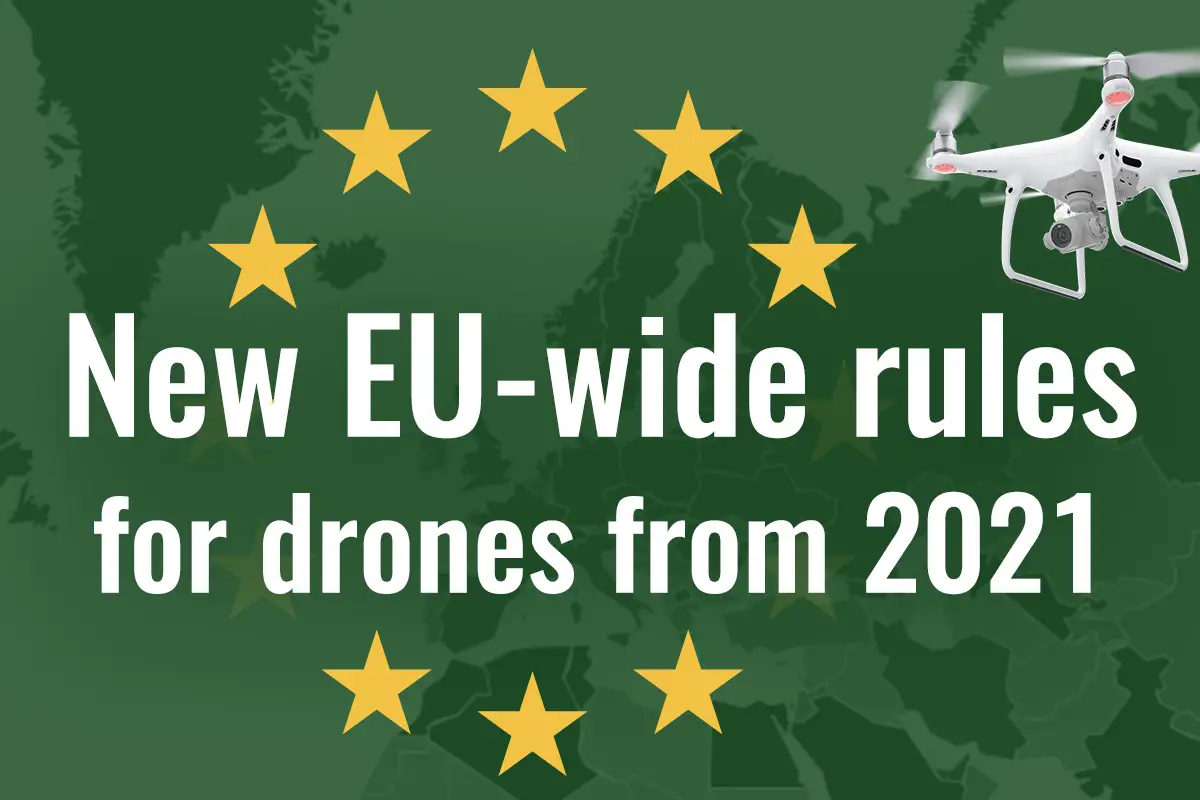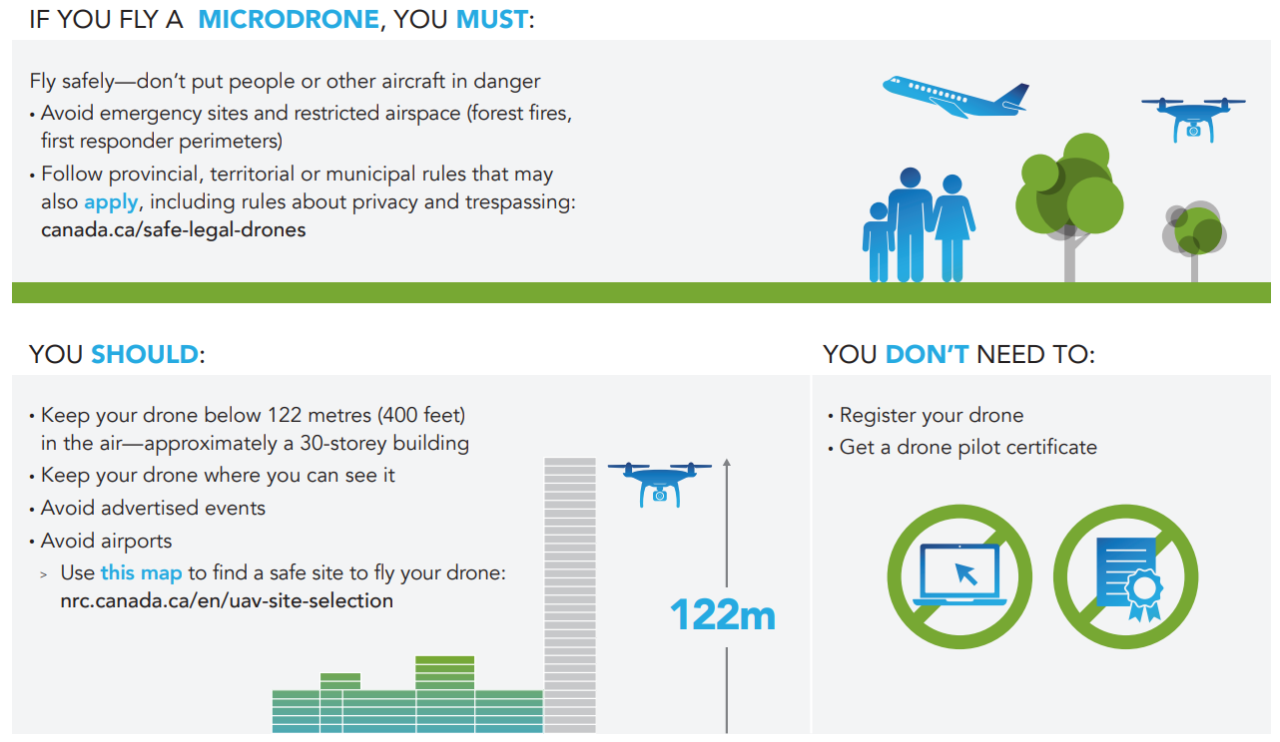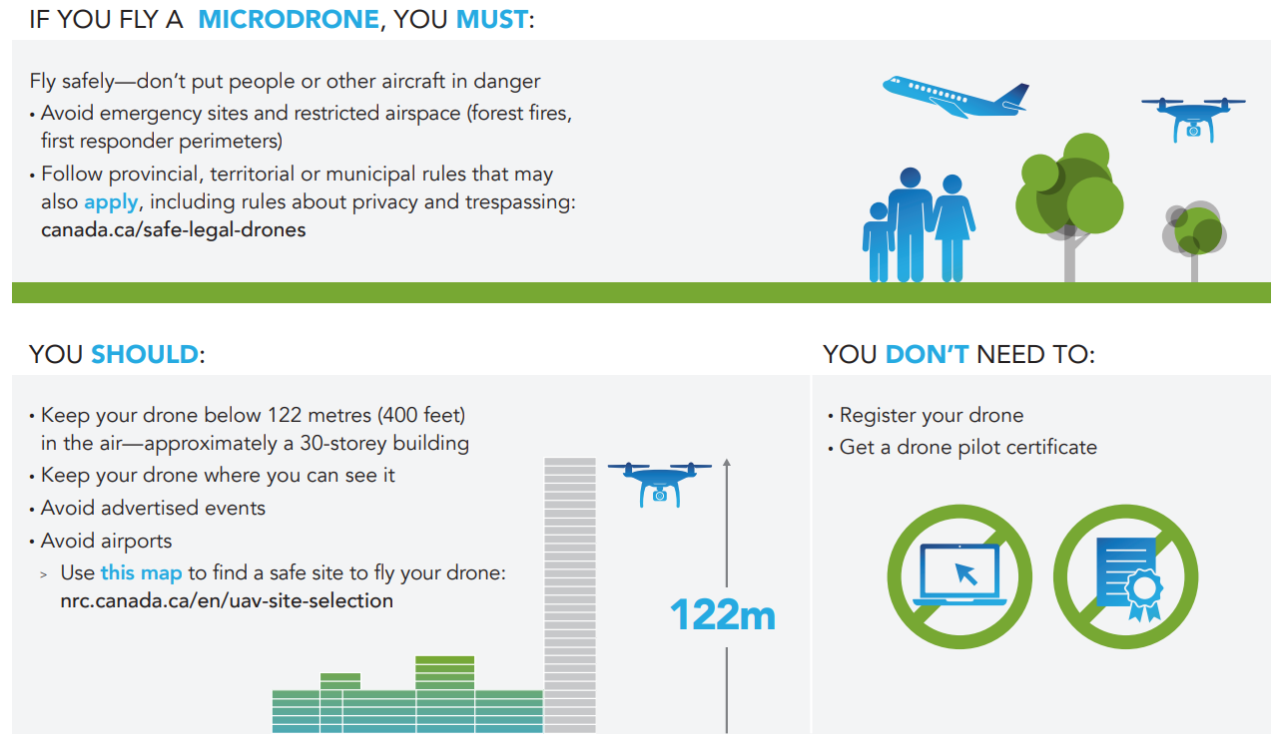New drone rules Canada are changing the game for hobbyists and professionals alike. These updated regulations aim to enhance safety, protect privacy, and manage the increasingly popular use of unmanned aerial vehicles (UAVs) across the country. Understanding these changes is crucial for anyone looking to fly a drone legally and responsibly in Canada. This guide breaks down the key aspects of the new rules, from registration and licensing to operational restrictions and safety protocols, helping you navigate the complexities and fly safely.
Okay, so Canada’s got new drone rules, right? Knowing those rules is super important before you even think about flying. For example, consider the amazing spectacle of a chinese dragon drone show ; imagine the coordination needed to make that happen safely and legally. Understanding the new regulations ensures everyone, from individual pilots to large-scale drone displays, can operate responsibly and avoid any trouble.
The new regulations cover a wide range of drone types and operations, introducing stricter requirements for licensing, registration, and flight operations in certain areas. We’ll explore the specific changes, highlighting the key differences from previous regulations and explaining how these updates impact various drone users, from recreational flyers to commercial operators. Understanding these updated rules is essential to ensure compliance and avoid potential penalties.
New Drone Regulations in Canada: A Guide for Operators: New Drone Rules Canada
Navigating the updated Canadian drone regulations can feel overwhelming, but understanding the key changes and best practices is crucial for safe and legal operation. This guide provides a comprehensive overview of the new rules, covering registration, operational restrictions, safety guidelines, privacy concerns, and penalties. It aims to equip drone enthusiasts and professionals with the knowledge necessary to comply with the law and fly responsibly.
Overview of New Drone Regulations in Canada
The updated drone regulations in Canada aim to enhance safety, protect privacy, and ensure responsible drone operation in Canadian airspace. Key changes include stricter licensing requirements for certain drone classes, more clearly defined operational restrictions, and increased penalties for non-compliance. These changes affect a broad range of drone users, from recreational hobbyists to commercial operators. The categories affected include micro drones (under 250 grams), small drones (250-25kg), and larger, heavier drones requiring specific certifications.
Okay, so Canada’s got some new drone rules – you gotta know them before you fly! It’s a bit like navigating the deadly games in that Netflix show, squid game histoire vraie , except instead of life or death, it’s about avoiding fines. Understanding these regulations is crucial; otherwise, you might face some serious consequences. So, brush up on those new drone rules before taking to the skies!
The regulations are designed to balance innovation with public safety and responsible use of airspace.
Drone Registration and Licensing Requirements
Registering your drone is a crucial first step in complying with Canadian regulations. The process generally involves providing information about your drone and yourself online through Transport Canada’s website. Different drone classes require varying levels of licensing, ranging from basic online training and testing to more extensive certification programs. Operating a drone without proper registration or licensing can result in significant fines and even legal action.
The penalties can vary depending on the severity of the violation and the class of drone involved.
| Drone Class | Weight (kg) | Registration Required? | Licensing Required? |
|---|---|---|---|
| Micro Drone | < 0.25 | Yes | No |
| Small Drone | 0.25 – 25 | Yes | Basic Knowledge Test (depending on operations) |
| Larger Drones | > 25 | Yes | Advanced Certification |
Operational Restrictions and Flight Limitations
Several restricted airspace zones exist across Canada, including areas around airports, military bases, and national parks. Operating a drone near these areas without proper authorization is strictly prohibited. Regulations also dictate maximum flight altitudes and distances, typically limiting flights to a certain height above ground level and within a specified range of the operator. Night flying and operation in adverse weather conditions are often restricted or require additional certifications.
These limitations are designed to mitigate risks and prevent accidents.
Safety Guidelines and Best Practices

Prioritizing safety is paramount when operating a drone. Operators must follow specific safety measures to prevent accidents and injuries. This includes pre-flight checks of the drone and its components, maintaining awareness of surroundings, avoiding obstacles, and respecting airspace restrictions. Failure to follow these guidelines can lead to collisions, property damage, or even serious injuries. A comprehensive pre-flight checklist should be utilized to ensure all aspects are covered before takeoff.
- Conduct a thorough pre-flight inspection of the drone and its components.
- Check weather conditions and ensure they are suitable for flight.
- Verify airspace restrictions and avoid prohibited areas.
- Maintain visual line of sight with the drone at all times.
- Keep a safe distance from people and property.
Privacy Concerns and Data Protection
The use of drones to collect personal information raises significant privacy concerns. Canadian laws strictly regulate the collection, use, and disclosure of personal information obtained through drone operation. Surveillance using drones must adhere to strict guidelines to protect individual privacy rights. Responsible data handling and storage practices are crucial, including secure data encryption and appropriate data retention policies.
The misuse of drone-collected data can have serious legal and ethical consequences.
- Obtain informed consent before collecting personal information.
- Minimize data collection to only what is necessary.
- Securely store and protect collected data.
- Comply with all applicable privacy laws.
Penalties and Enforcement of Drone Regulations, New drone rules canada

Violating Canadian drone regulations can result in a range of penalties, including significant fines, equipment seizure, and even criminal charges. Transport Canada actively enforces these regulations and takes action against operators who violate the rules. Appealing a decision made by a regulatory authority involves a formal process, often requiring legal representation. Understanding the potential consequences encourages responsible drone operation.
Resources and Further Information

Transport Canada’s website provides detailed information on drone regulations, licensing requirements, and safety guidelines. Other reliable sources include industry associations and specialized publications. These resources offer comprehensive information to help operators stay informed about the latest updates and best practices.
- Drone registration and licensing procedures
- Airspace maps and restricted areas
- Safety guidelines and best practices
- Definitions of key terms and concepts
A visual representation of Canadian airspace classifications could depict different coloured zones representing restricted, controlled, and uncontrolled airspace, highlighting the varying levels of access and operational limitations for drones within each zone.
Summary

Navigating Canada’s new drone regulations might seem daunting at first, but with a clear understanding of the key requirements and safety guidelines, operating a drone responsibly and legally is achievable. Remember, responsible drone operation is not just about following the rules; it’s about ensuring the safety of yourself, others, and the airspace. By prioritizing safety and adhering to these regulations, we can all contribute to the safe and responsible integration of drones into Canadian airspace.
This guide provides a solid foundation; always refer to official government sources for the most up-to-date information and guidance.
Helpful Answers
What happens if I fly my drone without registering it?
You could face significant fines and potential legal action.
Okay, so you’re trying to wrap your head around the new drone rules in Canada? It can be a bit of a maze, but think of it like navigating a deadly game. Speaking of games, did you know there’s a lot of buzz around whether the show “Squid Game” is based on a true story? Check out this link for more info: squid game histoire vraie.
Anyway, back to drones – remember to always check the latest regulations before you fly, or you might find yourself in a real-life “Squid Game” situation!
Are there specific age requirements for operating a drone in Canada?
While there isn’t a specific age limit, the responsibility lies with the operator to understand and comply with all regulations. Minors should always operate under the supervision of a responsible adult.
Can I fly my drone over private property?
Generally, no. You need the property owner’s permission before flying over private land. Always respect privacy rights.
Where can I find a comprehensive list of restricted airspace in Canada?
Consult official government websites dedicated to aviation and drone regulations; they will provide interactive maps and detailed information.
